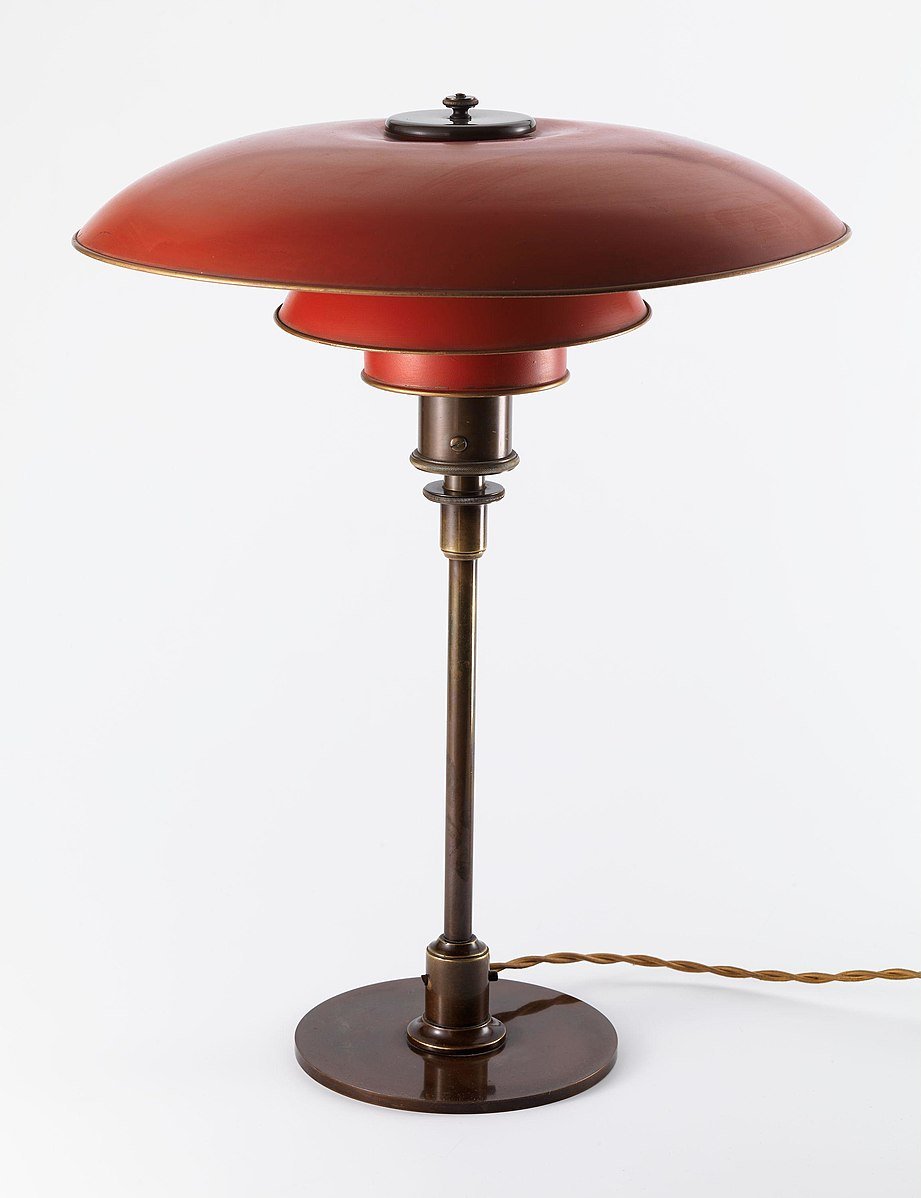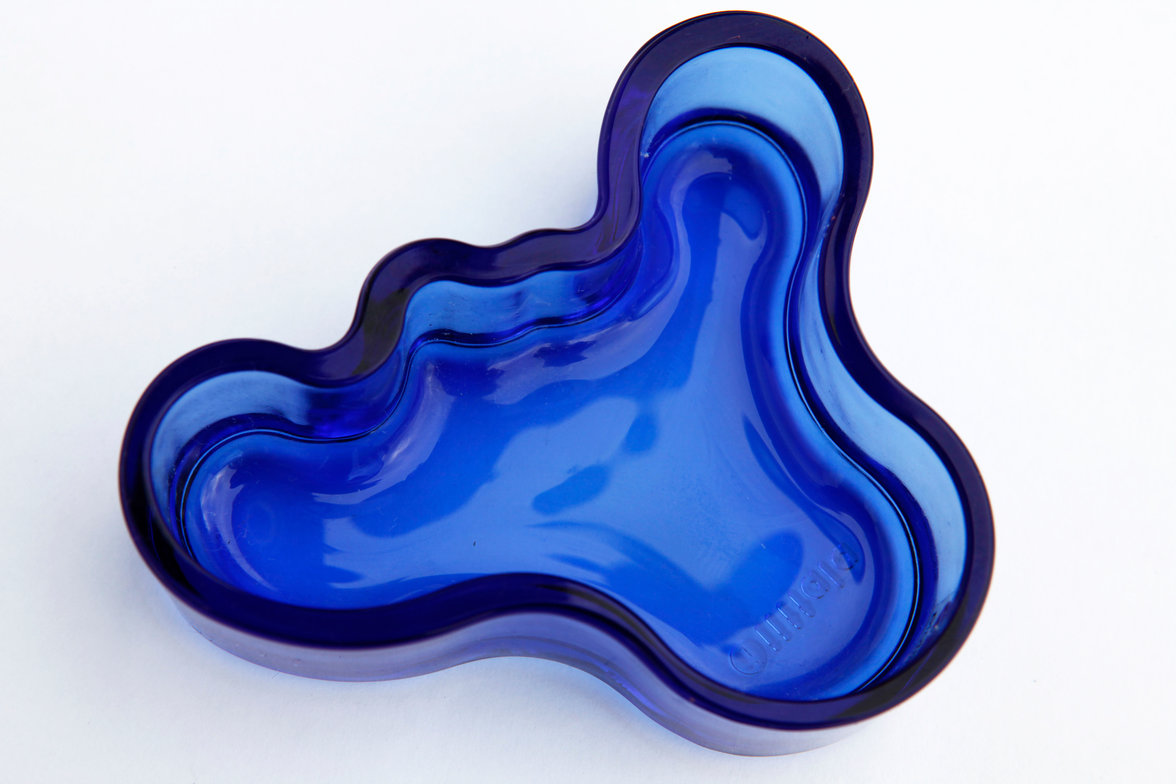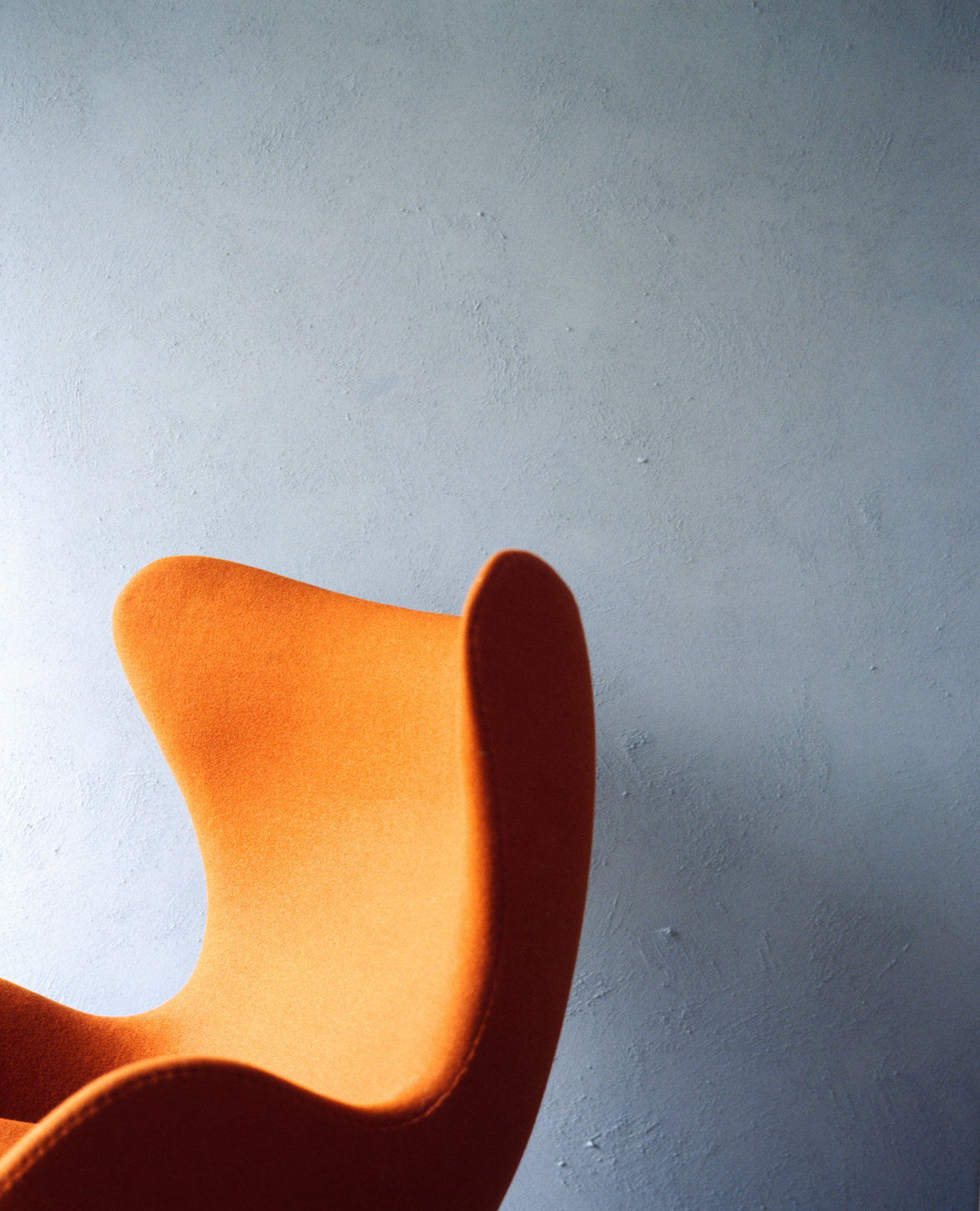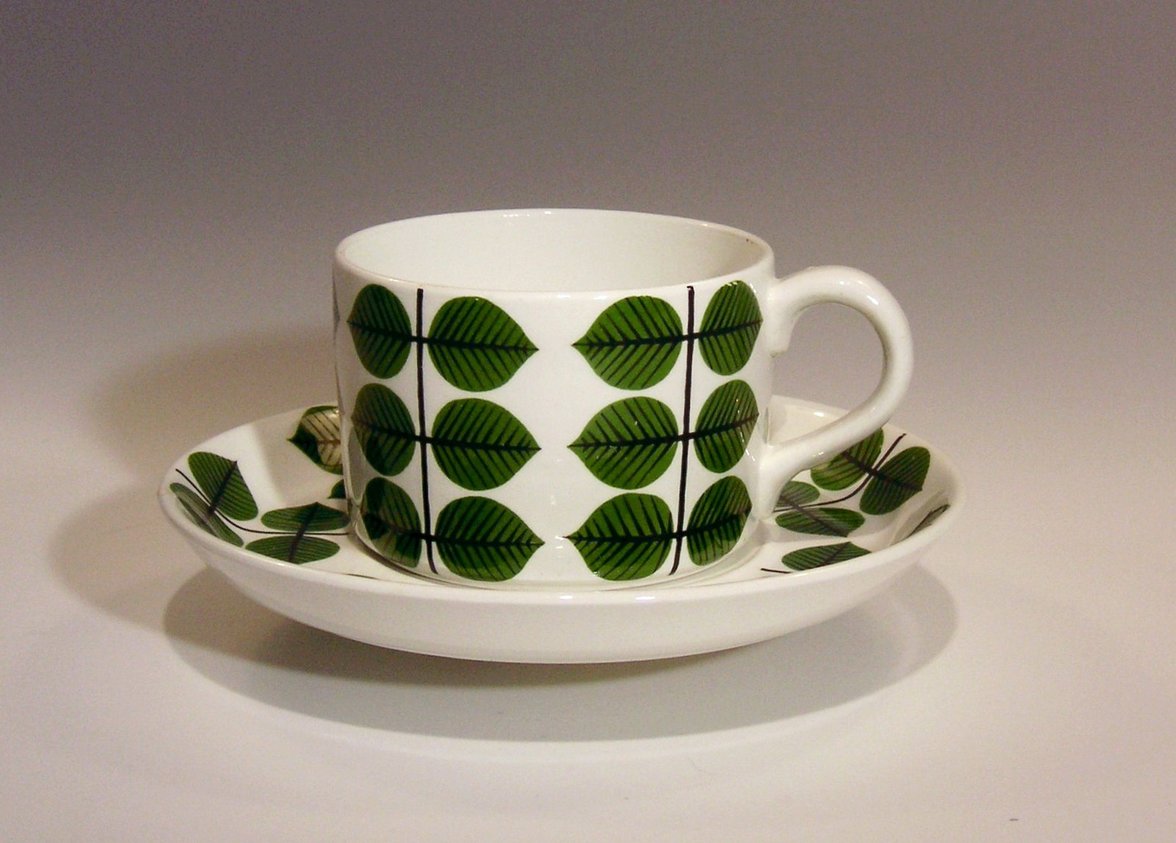ABOUT THIS EVENT
Following the success of our Bold Women in Design series, in partnership with L&L Lectures, we are delighted to invite you to a 5-part programme of evening lectures on Scandinavian Design. We will be exploring the development of Nordic Design, from the National Romantic movement c.1900 to the distinctive modernism of the 1920's and 1930's, and from the organic forms of the Post-War period to the colourful vibrancy and experimental forms of the 1960's and 1970's. The work of key figures, including Alvar Aalto, Tapio Wirkkala, Hans Wegner, Arne Jacobsen, Oiva Toikka, Gunnel Nyman, Ingeborg Lundin and Kaj Frank and of companies such as Iittala, Orrefors and Svenskt Tenn, are considered within their social and cultural context.
Participants can choose to take the entire series, or dip in and out.
EVENT DETAILS
WEEK 1:
18 April - National Romanticism and Nordic Design, Dr Lis Darby
WEEK 2:
25 April -Scandinavia: Approaches to Modernist Furniture Design, Dr Lis Darby
WEEK 3:
2 May - ’Swedish Grace’ and Inter-War Glass, Ceramics and Metalwork, Lis Bogdan
WEEK 4:
9 May -The Golden Years: Post-War to Pop Furniture, Dr Lis Darby
WEEK 5:
16 May - Beauty and Functionalism: More Post-War Design, Lis Bogdan
Drinks, nibbles and mingle at 17:45PM. Lecture 18:30- 19:30PM
WHERE: Bolon Showroom, 2 Northburgh Street, EC1V 0AY

Session 1: 18 April
National Romanticism and Nordic Design, Dr Lis Darby
At the turn of the 20th century, Nordic countries sought to develop a new visual language for architecture and design, one which not only reflected the changing political, social, and economic conditions but also respected national cultural roots, notably folk and craft traditions. Sweden, Denmark, Norway, and Finland confronted these challenges in different ways but, in each country, the foundations were laid in this period for the characteristics of practicality, quality of materials and workmanship, and a democratic approach to objects for the home which we associate with Scandinavian design today. In Sweden (but having influence throughout the Nordic countries), the writer Ellen Key in Skønhet för alla (Beauty for All) published in 1899 inveighed against the contemporary taste for unhealthy, dark, and cluttered interiors. She identified the unpretentious, light-filled home of Carl and Karin Larsson as an example to be imitated, thereby establishing the moral and emotional significance of the domestic environment which is intrinsic to the Scandinavian outlook. Looking across media, this lecture will also consider the contributions of Lars Kinsarvik and Gerhard Munthe (Norway); Georg Jensen and Thorvald Bindesbøll (Denmark); and Akseli Gallén-Kallela and the Iris Company in Finland to the development of a new approach for the new century.
Images by Sailko

Session 2: 25 April
Scandinavia: Approaches to Modernist Furniture Design, Dr Lis Darby
Furniture appropriate for the modern home is associated in particular with Germany in the inter-war years. Here, tubular steel permitted light, portable and functional items which had the potential for machine mass-production, eschewed historical reference and unnecessary ornament and reflected the industrial age. The Stockholm Exhibition of 1930, which aimed to promote this modernist agenda, was influential throughout Nordic countries, the practical, aesthetic and democratic goals of modernism according with Scandinavian ideals. However, a more humanist approach is evident in Nordic furniture of the 1920s and 1930s; although tubular steel was used, there was a preference for wood as is seen in the plywood designs of Alvar Aalto for Artek (Finland), the work of Bruno Mathsson in Sweden and Kaare Klint in Denmark. Modest decoration and muted historical references were occasionally used, for example in the work of Josef Frank and Carl Malmstem in Sweden. The designs of Poul Henningsen for Louis Poulson (Denmark) combined inventive aesthetic and technical solutions to the problem of modern lighting, an important aspect of the interior in a region with long dark winters. Modernist furnishings in Scandinavia sought to contribute to the emotional as well as the physical well-being of its inhabitants and many of these designs remain in production today.

Session 3: 2 May
‘Swedish Grace’ and Inter-War Glass, Ceramics and Metalwork, Lis Bogdan
After the First World War Swedish designers, in particular, reflected on the effects of mass-production, re-considering design approaches that sought to capture their rich craft, classical tradition in concert with a future of industrialised progress and modernity. The term ‘Swedish Grace’ was coined by the British journalist and critic, Philip Morton Shand, at the 1923 Gothenburg exhibition to signify an international appreciation for Swedish simple, refined elegance enhanced by fine details and exceptional craftsmanship. By 1925 Sweden was so recognised as a creative modern design force at the Paris Exposition des Arts Décoratifs et Industriels that it came second in accolades only to the French. Designers such as Wilhelm Kåge, Josef Ekberg, Simon Gate, Edward Hald, Vicke Lindstand and Anna Petrus quickly became admired designers in ceramics, glass and metalwork; they would help propel Sweden toward the important Stockholm Exhibition of 1930. Denmark and Finland were no less representative of an emerging refined and functional aesthetic. Finland not only responded in a profound modernist way via manufacturers such as Arabia and Karhula-Iittala, but also by encouraging young designers. A leading educational innovator in Helsinki, Kaj Frank, was responsible for the support of designers such as Gunnel Nyman and Toini Muona, and of design manufacturers such as Paavo Tynell (Taito Oy). In both Finland and Scandinavia educational and aesthetic foundations remained strong throughout the war years. By the early 1950s Nordic design enjoyed an international reputation for functional and democratic aesthetics and manufacturing.

Session 4: 9 May
The Golden Years: Post-War to Pop Furniture, Dr Lis Darby
Design played a significant role in the re-construction and economic recovery of Nordic countries from the Second World War. It is in this period that the concept of Scandinavian design was conscientiously promoted, notably in the Design in Scandinavia Exhibition (which toured USA & Canada 1954-1957) and the Milan Triennales. In furniture, the balance between the manmade and the natural which Nordic designers had demonstrated during the inter-war years, found wide acceptance as the new look of organic modernism in the 1940s and 1950s (largely initiated in America) gained ground. Denmark emerged as the most influential country for the quality and refinement of its furniture in these post-war years. Hans Wegner, Ole Wanscher, Poul Kjaerholm, Finn Juhl and Arne Jacobsen achieved international recognition and a global market for their designs in a range of materials, many of which remain in demand today. In Finland, Tapio Wirkkala and Ilmari Tapiovaara garnered interest for their treatment of wood and plywood, building on the legacy of Alvar Aalto. The throwaway aesthetic that is associated with pop culture in the 1960s and 1970s did not sit comfortably with the Scandinavian approach, but the bold colours and inventive use of synthetic plastics in the designs by Verner Panton (Denmark) and Eero Aarnio (Finland) reflect the experimentation and inventiveness of furniture design in these decade.

Session 5: 16 May
Beauty and Functionalism: More Post-War Design, Lis Bogdan
Building on international recognition and achievements in the inter-war and war years, Scandinavians and Finns continued to evolve their functional and democratic studio and manufacturing design approaches. Still focusing the legacies of craftsmanship, natural materials and accessibility, as with furniture, the post war years saw continued impact of earlier twentieth century design principles that matured alongside American and other European developments. This session addresses the applied design of smaller objects from the mid-1950s to the late 1970s, highlighting a sophisticated distillation of modern form and functionality, of an increased experimentation with colour and pattern, and of intuitive responses to cultural and aesthetic impulses, especially after 1960. Designers such as Stig Lindberg and Axel Johann Salto in ceramics; Kaj Franck, Timo Sarpaneva, Oiva Toikka and Nanny Still in glass; Tapio Wirkkala, and Henning Koppel in metalwork; and manufacturers such as Iittala, Marimekko and Svenskt Tenn are featured, many of their designs still in production and recognised as ‘good design’ classics.
Image by Holger.Ellgaard
ABOUT THE LECTURERS
Dr Lis Darby
Historian and Lecturer specializing in nineteenth, twentieth and contemporary decorative arts and design. She developed and was Programme Director of MA in Contemporary Design at Sotheby’s Institute of Art in London (2008 - 2016), is consultant lecturer on MA in Fine and Decorative Art and Design and teaches on SIA Global Online at the Institute. Lis contributes to courses at the Victoria and Albert Museum and elsewhere, collaborates with ‘the other Lis’ on their L&L Online and L&L Lectures partnership, and is PhD supervisor at Central St. Martins (University of the Arts London). She was co-curator of the exhibition Insect Odyssey. Insects, Books and the Artistic Imagination held at Salisbury Museum from June to September 2022. She has published in the fields of sculpture and design history including essays in Understanding Art Objects: Thinking Through the Eye (Lund Humphries, 2009) and Art and Authenticity (Lund Humphries, 2012) and in Art Business Today 20 Key Topics (Lund Humphries, 2016). Her most recent publication is Re-Issue, Re-Imagine, Re-Make. Appropriation in Contemporary Design (Lund Humphries, 2020).
Lis Bogdan
Lis Bogdan came to London over thirty years from Canada to study the History of Design at the Royal College of Art after working for a number of years in a Toronto auction house. Since then, she has taught in the visual arts and on art world practices at both undergraduate and postgraduate levels, at Cardiff Institute of Art and Design, Southampton Solent University, Oxford Brookes University, and for over twenty years, at Sotheby’s Institute of Art London. Her specialist teaching extends from the eighteenth century to contemporary European and American design, decorative art and architectural history. For almost a decade she led a professionally-focused and object-based Decorative Art and Design course at the Institute and continues to teach across a number of courses, including the MA in Fine and Decorative Arts and Design and for SIA Global Online. She contributes to courses at the V&A and collectors’ groups and has published for the Journal of Design History, Phaidon Press and for the Decorative Art Society. She collaborates with ‘the other Lis’ on their L&L Online and L&L Lectures partnership.